Nonprofitability May 2017
Nonprofit Life Cycle: Challenges and Opportunities Mark Growth Stage
Nonprofits generally mature along a standard life cycle. An organization’s first steps are typically followed by a period of growth, which, ideally, is less eventful and stressful than those early years. The growth stage — beginning two or three years after “birth” and continuing until “maturation” at around age seven — isn’t without challenges. But this period also comes with a sense of accomplishment and the opportunity to diversify and bring in new staff and donors as the organization comes into its own.
Also in this stage, many of the not-for-profit’s administrative and operational systems become more formalized as the organization evolves.
Evolution of the mission
It may have seemed blasphemous to even consider when the organization was in its incubatory and birthing stages, but a nonprofit might adjust its mission during the growth stage in the face of new circumstances. Changed demographics, economic developments, or simply greater knowledge might make it appropriate to revise the organization’s purpose.
An organization can home in more intensely on a subset of the original mission, or it may shift its focus to another area. The organization may for the first time develop a strategic plan to incorporate the changes to the mission. Such changes might be essential if the not-for-profit is to remain relevant and viable.
Evolution of the board
Perhaps the most common marker of a nonprofit in the growth stage is the change in the focus of the board of directors, from day-to-day operations to governance. While the board will usually continue to be active in operations to some degree, it also must begin to work on strategic matters — the policies, planning and evaluations necessary to pave the path to sustainability.
The composition of the board is likely to change during this time, as founding board members move on. The result could be a larger and more inclusive collection of individuals, preferably with a wider range of skills, talents and backgrounds. Former or current volunteers or clients may ascend to board positions, propelled by their passions for the cause.
Boards also can establish committees at this time. It’s important to resist the urge to form too many committees — particularly those concerned with operations. Some organizations implement a three-committee structure, with committees for only internal affairs (for example, finance, HR and facilities), external affairs (for example, fundraising, PR and marketing) and governance.
Evolution of the staff
As the demand for services builds and the board expands programming, staffing will naturally progress, as well. The staff, like the board, should expand in the growth stage to avoid burnout. The nonprofit should design a clear organizational structure and hire experienced managers.
At this juncture, the not-for-profit should develop formal job descriptions, with greater job specialization. Employees will now be expected to work under formal systems, following policies and procedures and in a more efficient manner than seen before, during and after the organization’s launch. The executive director is generally still the primary decision maker, although he or she may not have time to be as involved in every area of the organization.
Evolution of the finances
Growth-stage organizations are generally in a more comfortable financial position, with less uncertainty. But, for nonprofits, that uncertainty never completely evaporates.
Although nonprofits in the growth stage have established good relations with their key funders, there are still challenges in securing the necessary funding to support current programming. Thus, nonprofits in this stage need to look into ways of maintaining — or, better, expanding — growth, such as diversifying their revenue sources, managing cash flow and developing solid budgets. They should work with financial advisors to identify, monitor and respond to appropriate financial metrics, such as cost per primary outcome, cash reserves and working capital.
Keep calm and carry on
An organization that’s made it to the growth stage has overcome some challenging hurdles, but can’t afford to become complacent. Rather, the growth stage is the time to leverage what has been learned and steer into even greater success.
© 2017
This material is generic in nature. Before relying on the material in any important matter, users should note date of publication and carefully evaluate its accuracy, currency, completeness, and relevance for their purposes, and should obtain any appropriate professional advice relevant to their particular circumstances.
Share Post:









